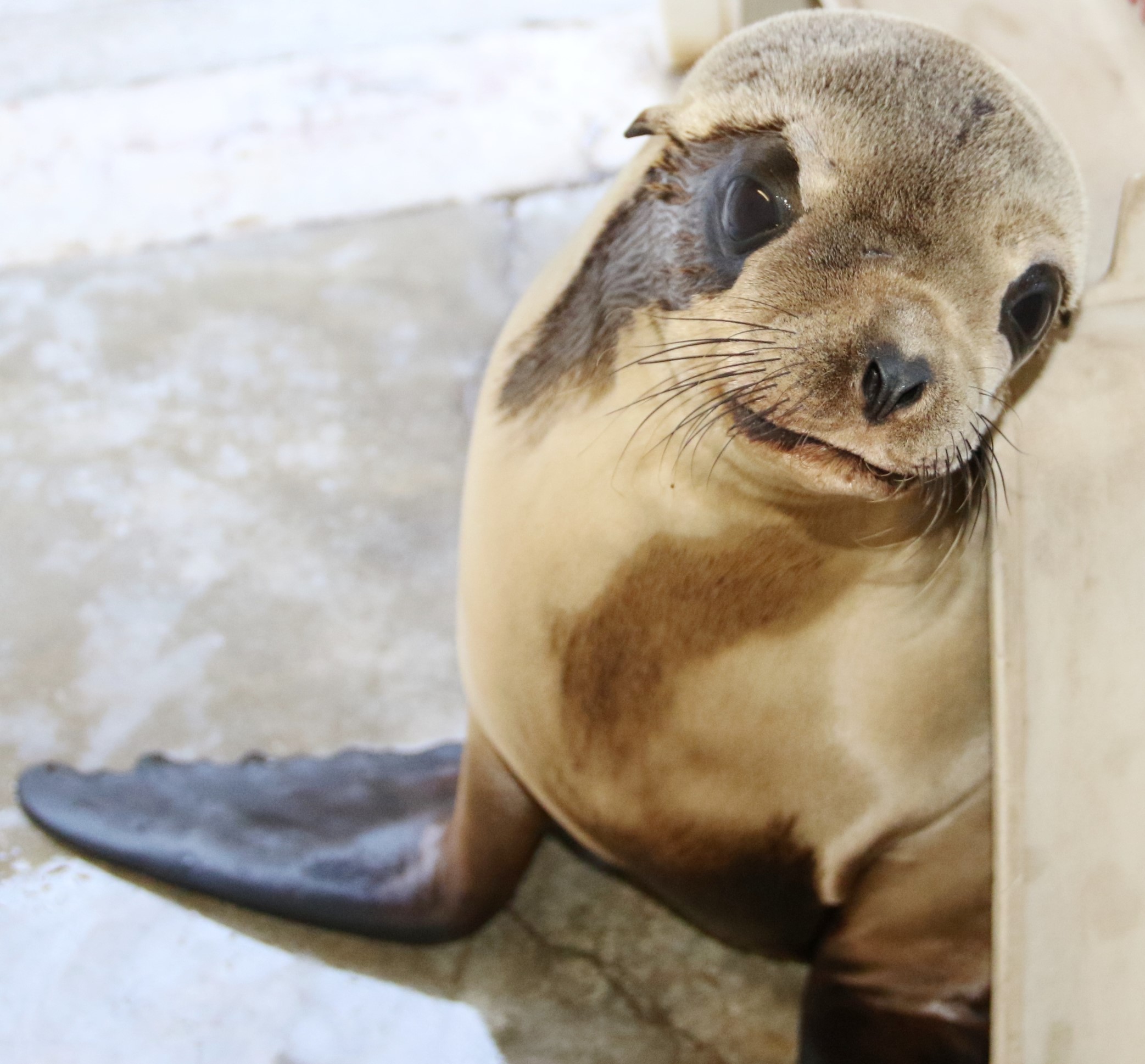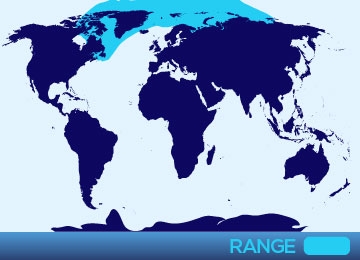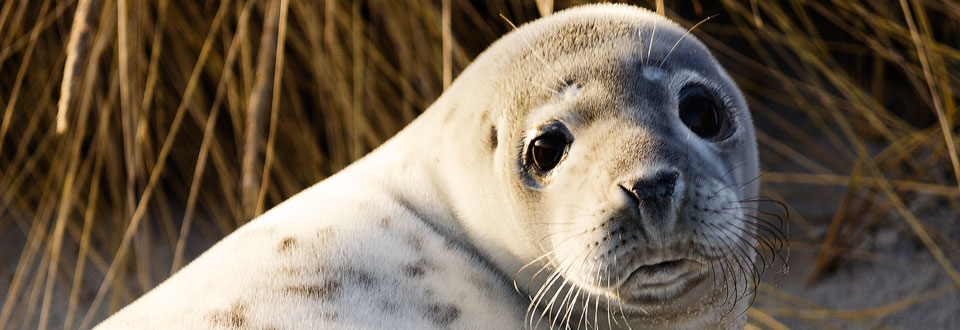
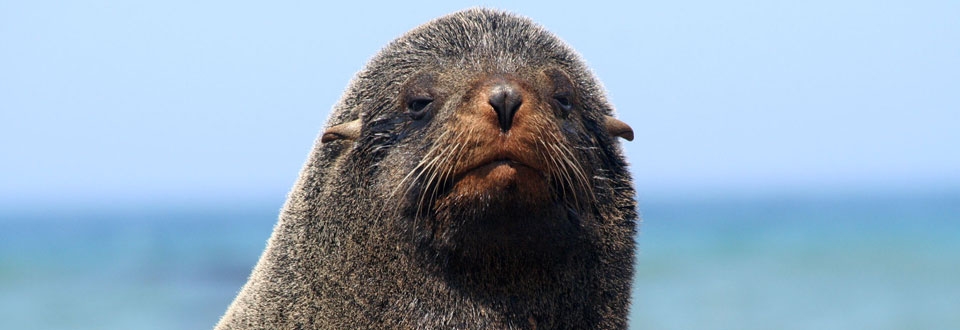
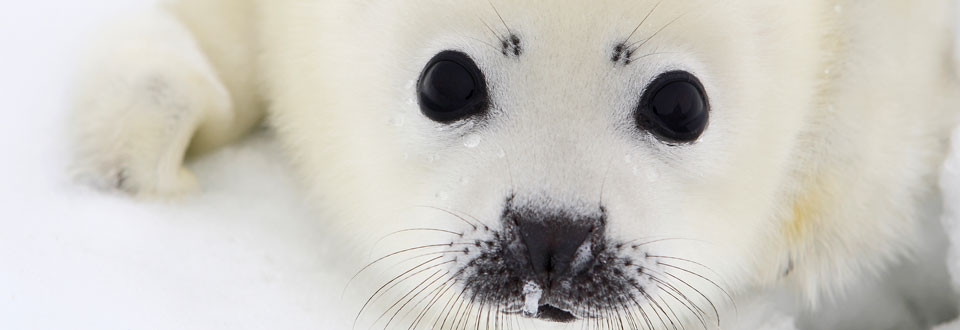
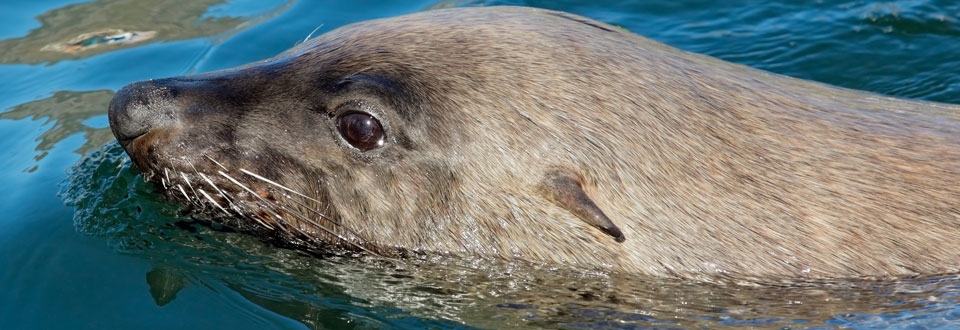
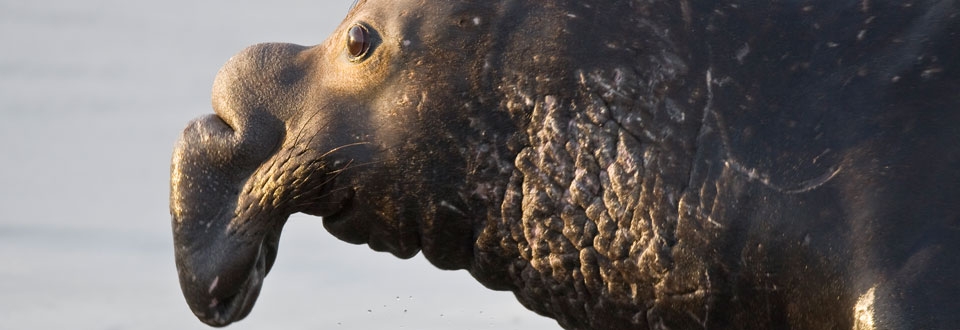
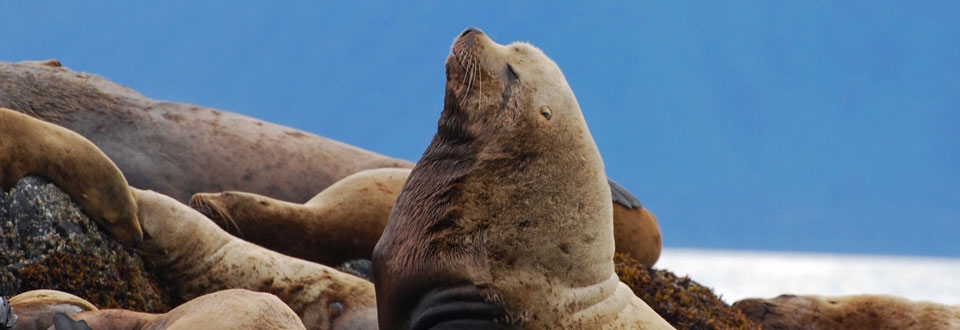
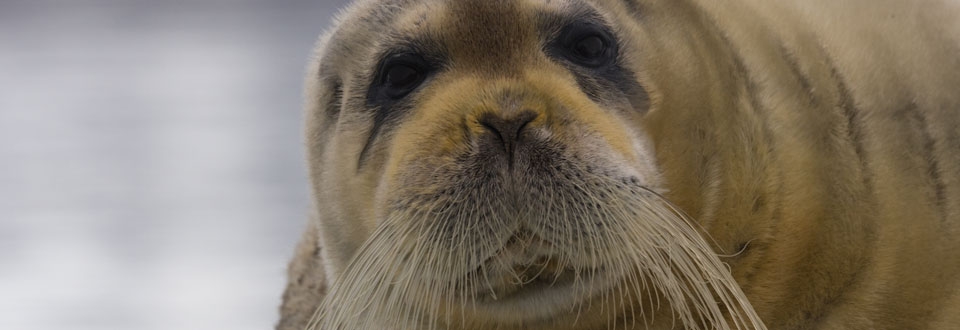
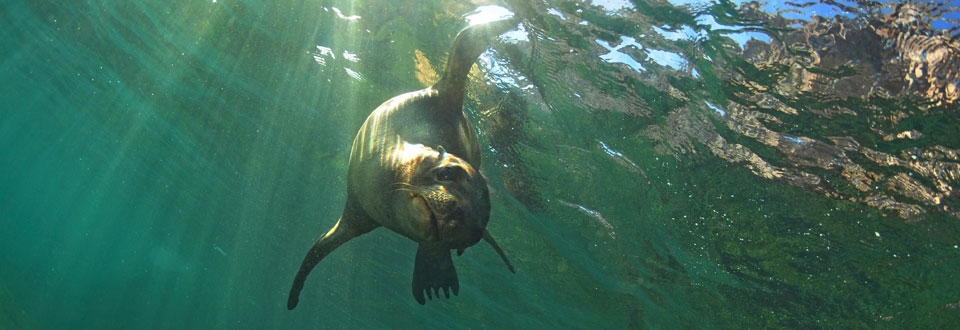
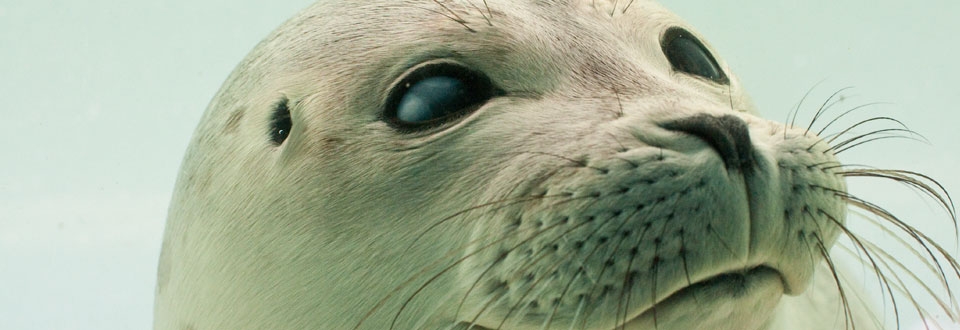
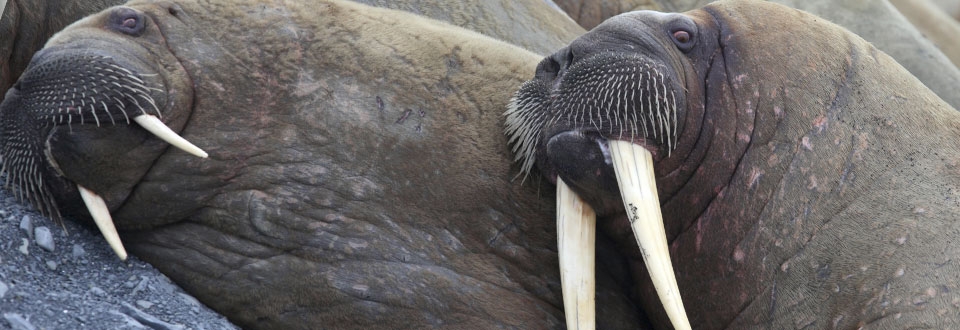
Pinniped Species
All
x
- – No known individuals remaining.
- – Known only to survive in captivity, or as a naturalized population outside its historic range.
- – Extremely high risk of extinction in the wild.
- – High risk of extinction in the wild.
- – High risk of endangerment in the wild.
- – Likely to become endangered in the near future.
- – Lowest risk. Does not qualify for a higher risk category. Widespread and abundant taxa are included in this category.
- – Not enough data to make an assessment of its risk of extinction.
- – Has not yet been evaluated against the criteria.
Harp Seal
- – No known individuals remaining.
- – Known only to survive in captivity, or as a naturalized population outside its historic range.
- – Extremely high risk of extinction in the wild.
- – High risk of extinction in the wild.
- – High risk of endangerment in the wild.
- – Likely to become endangered in the near future.
- – Lowest risk. Does not qualify for a higher risk category. Widespread and abundant taxa are included in this category.
- – Not enough data to make an assessment of its risk of extinction.
- – Has not yet been evaluated against the criteria.
Males – 6ft
Females – 5ft
Both males and females - 300lbs
Harp seals have populations divided into three areas: Western North Atlantic, Eastern Greenland, and in the White Sea off the coast of Russia. Harp seals are a highly migratory species.
These seals are named for their pattern on their back which looks like a harp. They have a black face with light gray fur covering their bodies and a horseshow-shaped black saddle on their back. Harp seal pups are known for their long and wooly white fur and go through an elaborate series of molts before reaching their adult coloration.
Variety of fish such as capelin, arctic and polar cod and invertebrates including krill.
Harp seal are found from Newfoundland to Northern Russia in the pack ice throughout the North Atlantic and Arctic Oceans.
The breeding season for Harp seals is in February and March. Pups nurse for 12 days on average from a high-fat milk, allowing them to gain approximately 5 pounds each day. Adult females will leave their pups on the ice where they remain for about 6 weeks before going into the water to hunt on their own. During this time they can loose about half of their body weight.
Their current population is large but due to the human-caused mortality and serious injury not being as great; Harp seals are not considered a strategic stock.
Humans have hunted Harp seals for centuries and are the largest threat to them. Oil spills, harassment, shooting boat strikes and becoming entangled in fishing gear are other ways in which humans have impacted their population. Loss of sea ice continues to be a threat for Harp seals and many other ice-living species.
Even though Harp seals live in the cold Arctic temperatures, pups are born with no protective fat; therefore their thick fur is able to traps warm air being released from their bodies for heat and the white coat absorbs sunlight so they are able to maintain their core temperature.




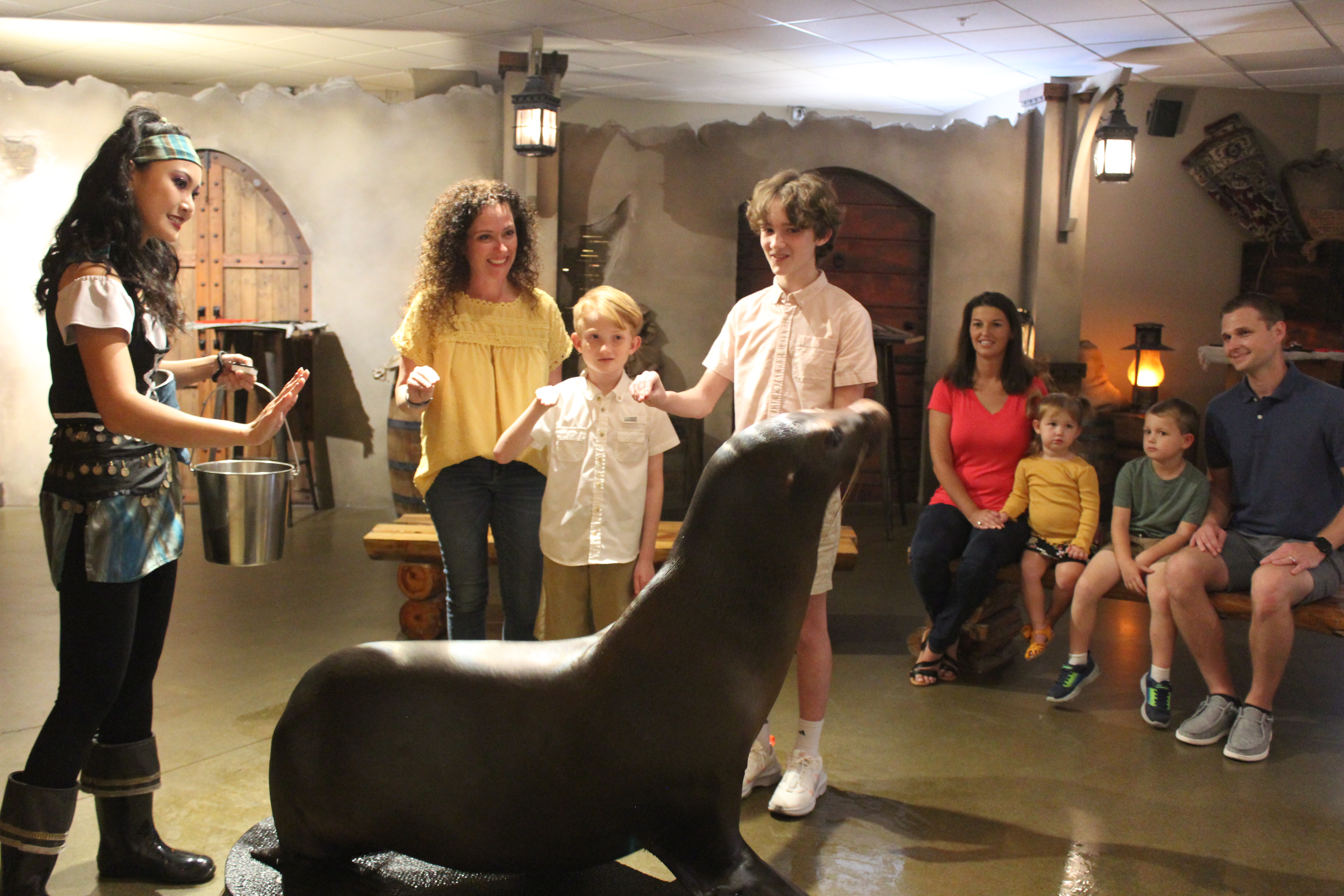 Animal Encounter
Animal Encounter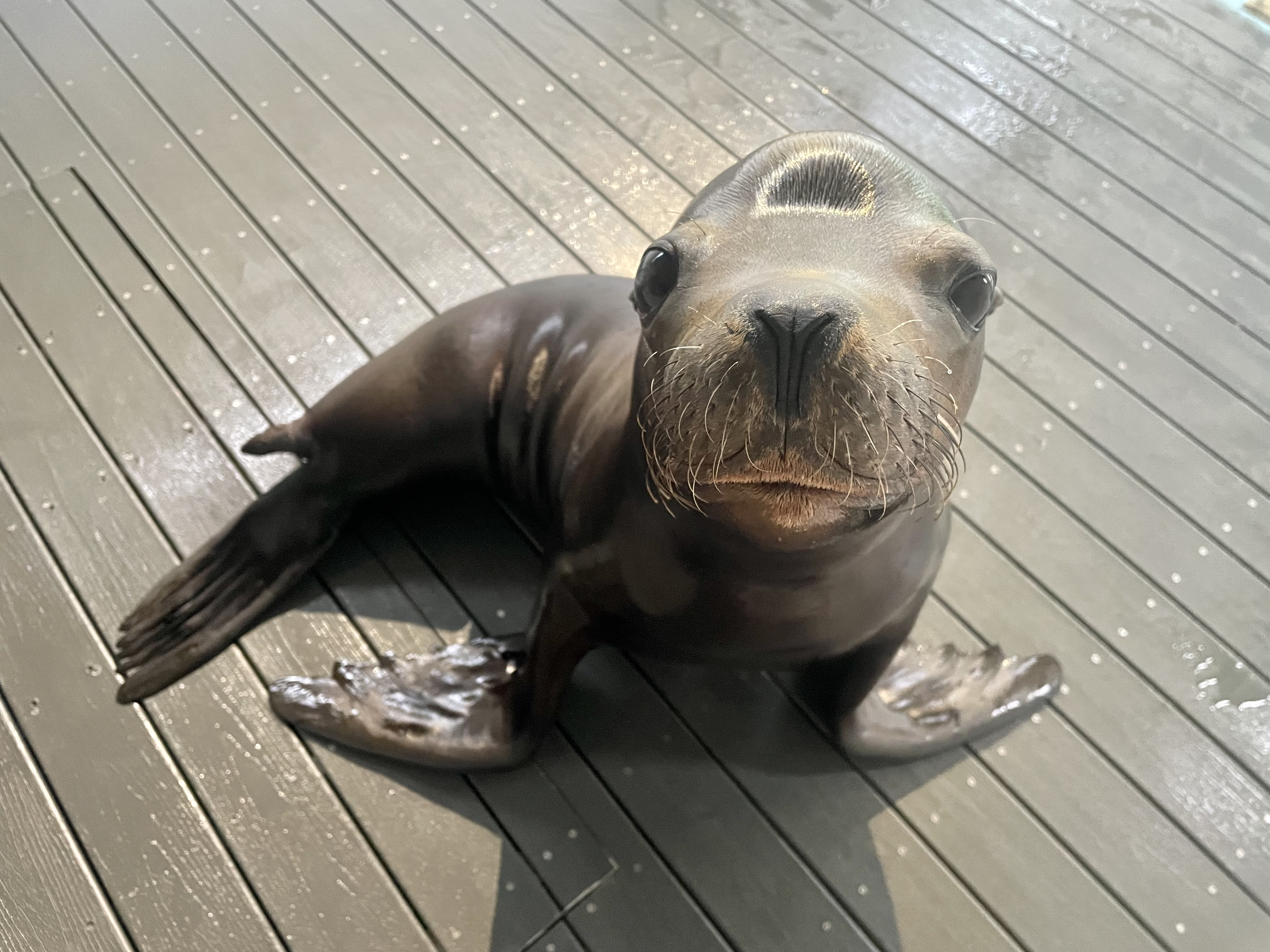 Our Locations
Our Locations
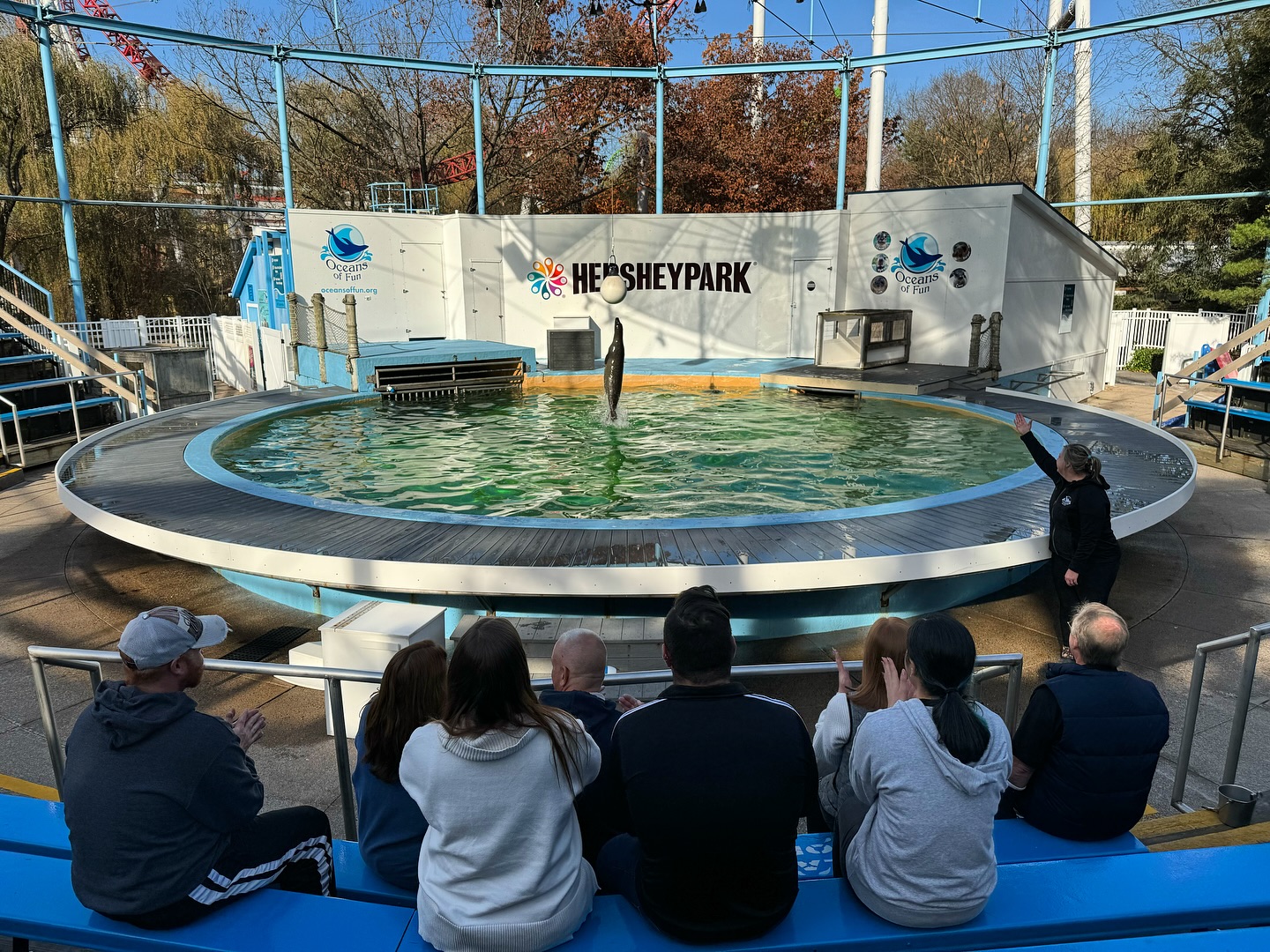 Family Fun
Family Fun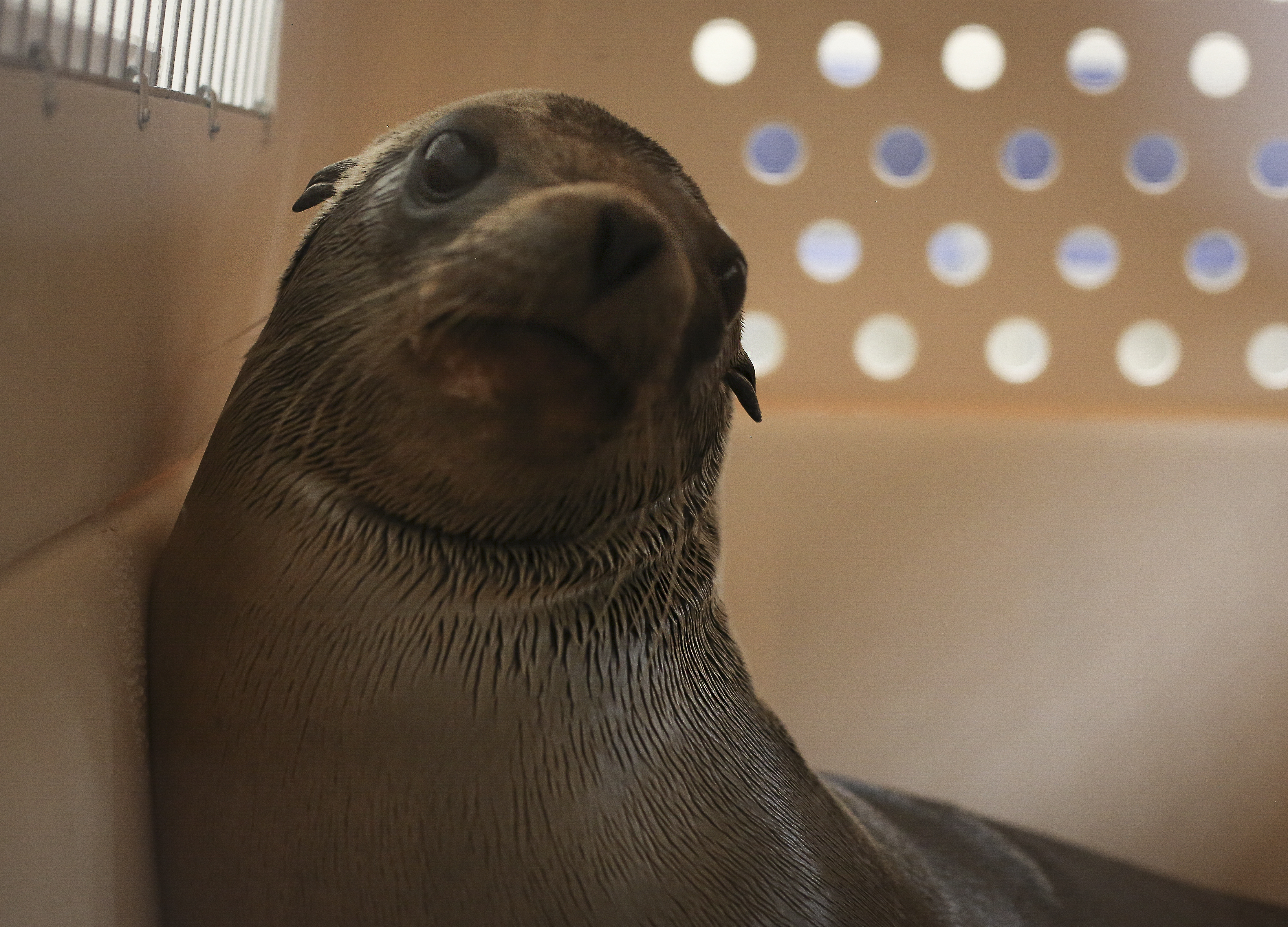
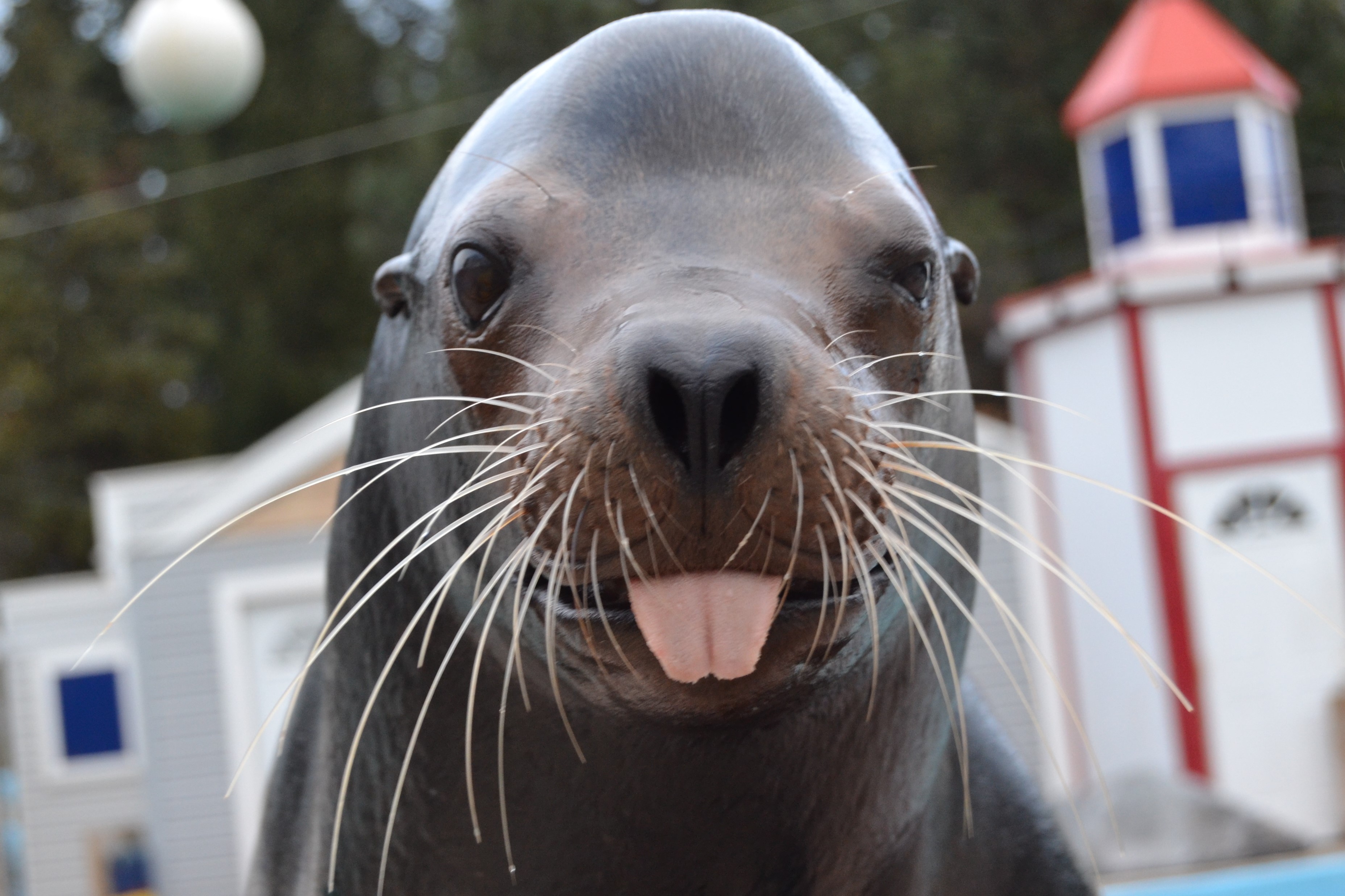
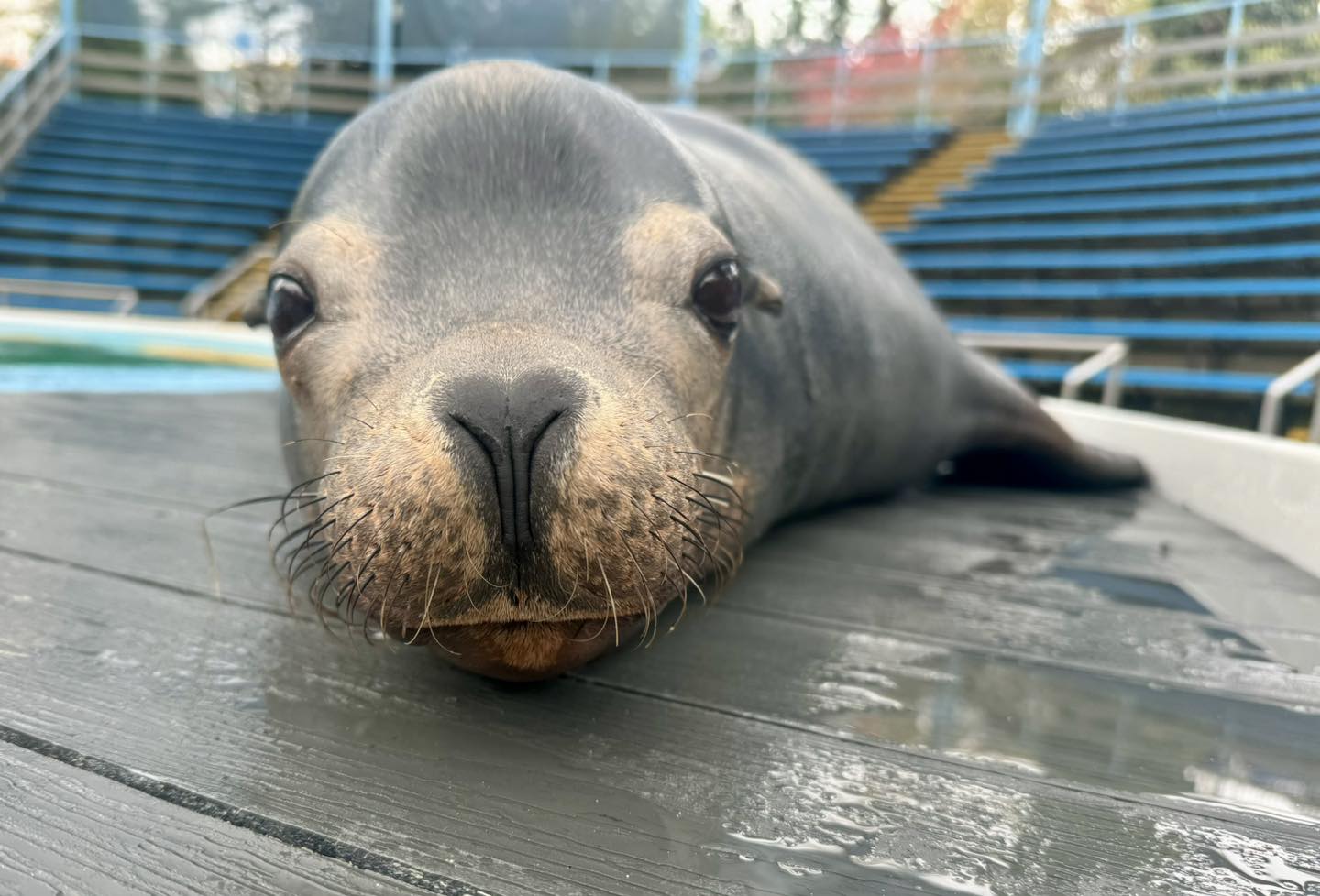 Meet Ripley!
Meet Ripley!

